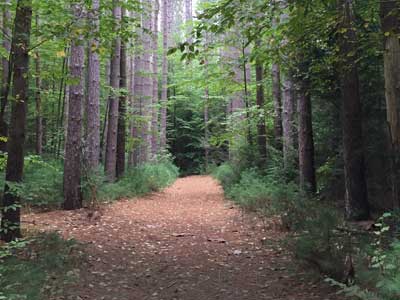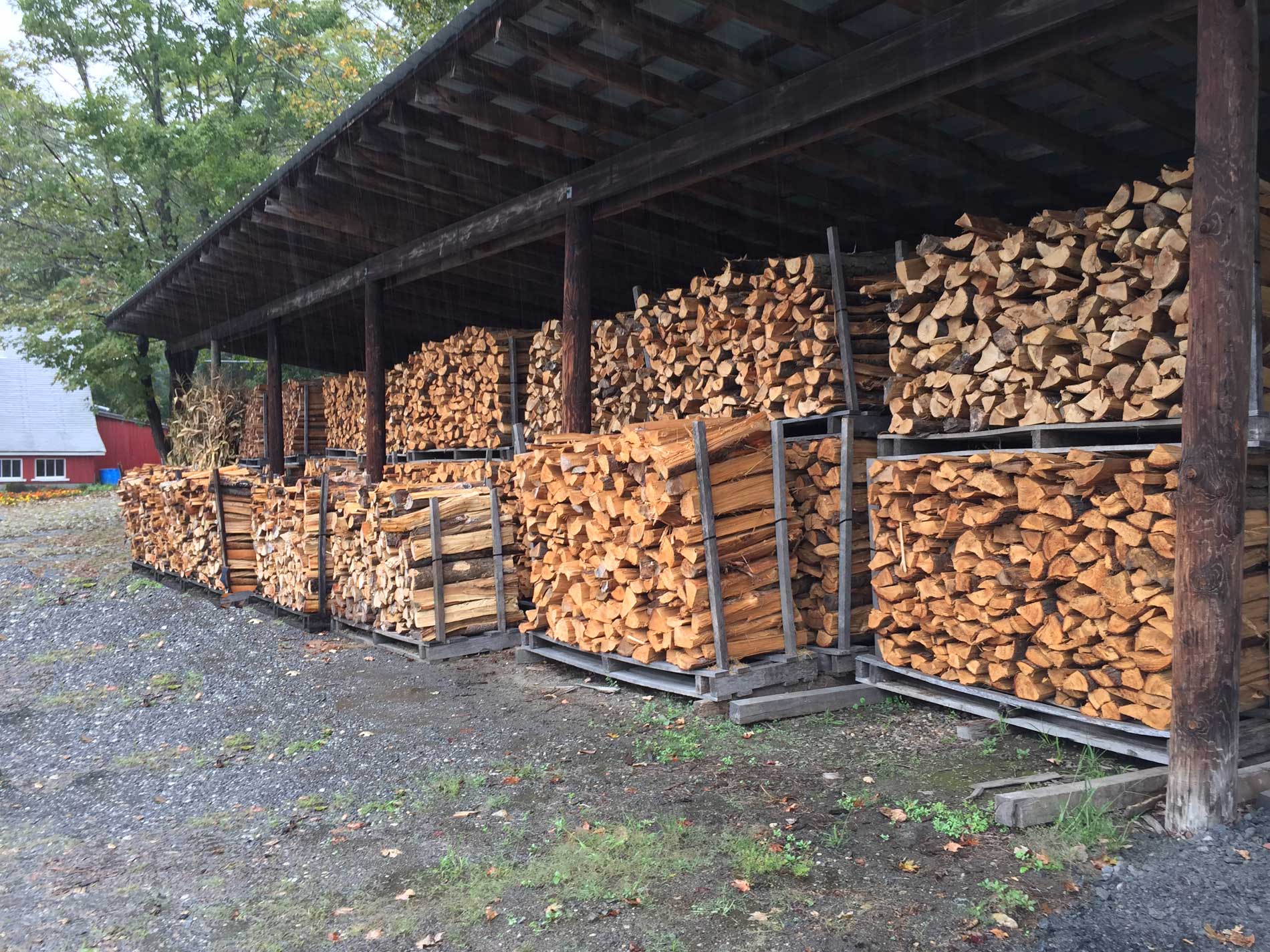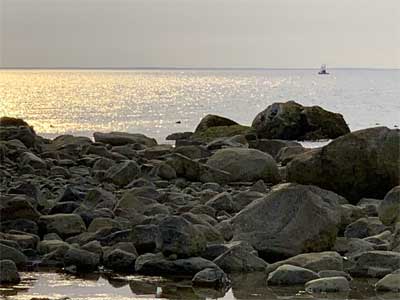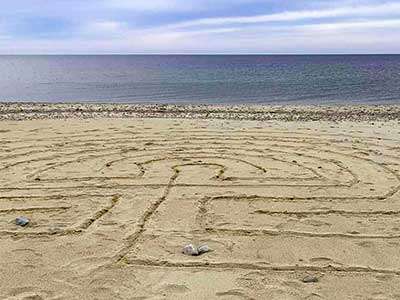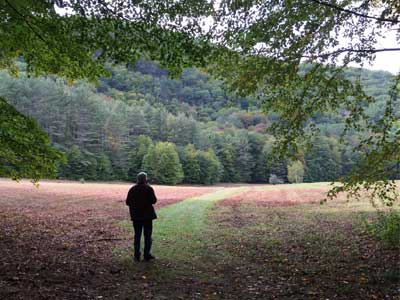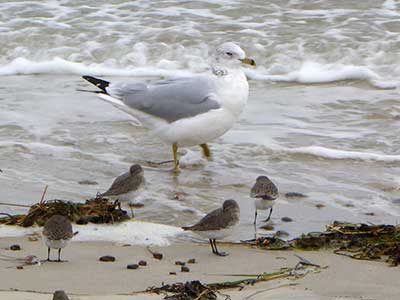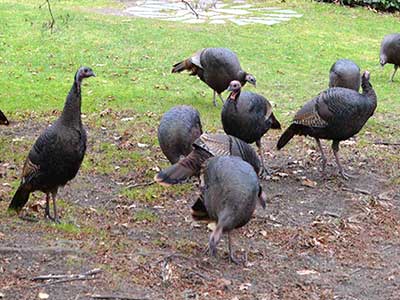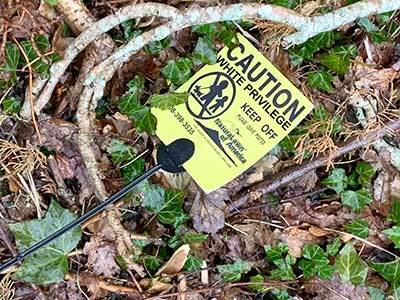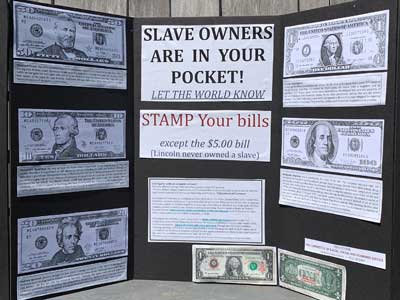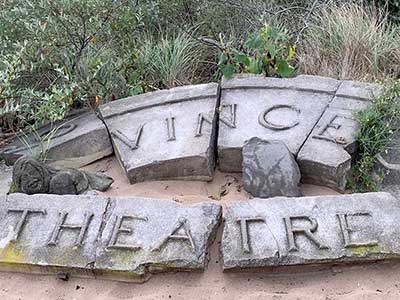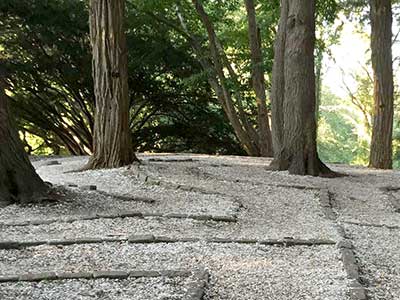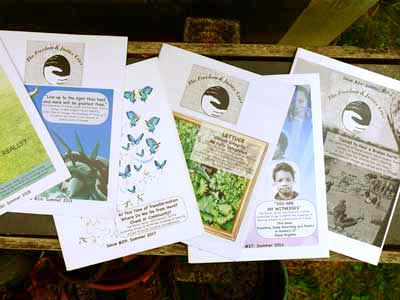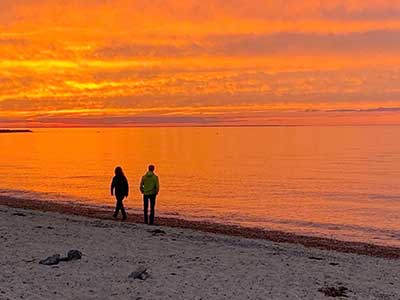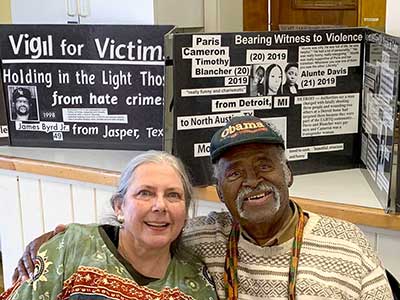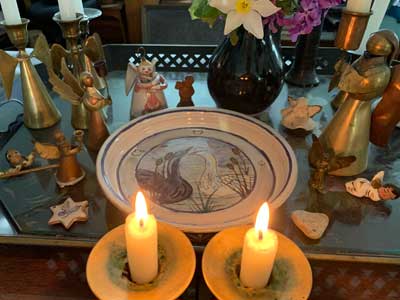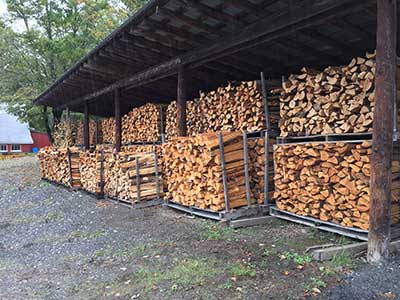*Paywall Alert
by Kevin Waite | May 2021
This year marks the 150th anniversary of one of the largest mass lynchings in American history. The carnage erupted in Los Angeles on October 24, 1871, when a frenzied mob of 500 people stormed into the city’s Chinese quarter. Some victims were shot and stabbed; others were hanged from makeshift gallows. By the end of the night, 19 mangled bodies lay in the streets of Los Angeles.Lynching is a term most often associated with violence against African Americans in the post-Civil War South. But racial hatred has never been quarantined to one American region or confined to a single ethnic group. In Los Angeles in 1871, the victims were Chinese immigrants. Their deaths were part of a wave of anti-Asian violence that swept across the 19th-century American West—and reverberates to this day.
TAGS: [Racial Terrorism] [2020’s] [White Supremacy] [White Culture] [History] [Asian] [Systemic Racism] [White Privilege] [Silencing POC]
by Rebecca Onion | April 2021
The Ledger and the Chain tells the story of how these three men profited from the United States’ decision to outlaw the foreign slave trade, in 1808. The change, of course, did not put an end to slavery inside the United States, and because the slaveholding states of the Upper South were finding that their land was increasingly difficult to work after decades of tobacco cultivation, they profited by selling people further South, where cotton and sugar production was booming. …
This dynamic is most visible in the traders’ letters discussing teenage girls who were sold as sex slaves. In trading these young women, identifiable in documentation by their much-higher-than-usual prices (and, sometimes, by the traders’ explicit discussion of their likelihood to sell for those purposes), Franklin, Armfield, and Ballard prided themselves on their ability to know what buyers might want—their success “speculating on the erotic desires of slaveholders.” They also raped such women, themselves; Rothman found many ribald references to those activities in their own correspondence, interspersed with discussions of everyday business matters.
TAGS: [Racial Terrorism] [2020’s] [Slavery] [History] [Systemic Racism] [Black Lives Matter] [White Supremacy] [White Culture] [White Privilege] [Social Justice] [Politics]
by David Treuer | April 2021
The American story of “the Indian” is one of staggering loss. Some estimates put the original Indigenous population of what would become the contiguous United States between 5 million and 15 million at the time of first contact. By 1890, around the time America began creating national parks in earnest, roughly 250,000 Native people were still alive. In 1491, Native people controlled all of the 2.4 billion acres that would become the United States. Now we control about 56 million acres, or roughly 2 percent. And yet we remain, and some of us have stayed stubbornly near the parks, preserving our attachment to them. Grand Canyon National Park encloses much of the Havasupai Tribe and its reservation. Pipe Spring National Monument sits entirely inside the 120,000-acre Kaibab Paiute Indian Reservation, in northern Arizona. Many other parks neighbor Native communities. But while the parks may be near us, and of us, they are not ours.
TAGS: [Racial Terrorism] [2020’s] [History] [Indigenous] [Systemic Racism] [White Supremacy] [White Culture] [White Privilege] [Denial] [Social Justice] [Accountability] [Environment] [Politics] [Assumptions] [Silencing POC]
by Simon J. Levien | March 2021
When J. Max Bond Jr. ’55 entered Harvard at the age of 16, he was among 15 Black students in his class, most of whom lived in the north corner of Harvard Yard. As his freshman spring semester began, two other Harvard freshmen erected a wooden cross facing that corner of the Yard, formed by Stoughton and Holworthy Halls. And around midnight on Feb. 5, 1952, the students lit the cross on fire… Post-Harvard, Bond became one of a few prominent Black architects in the 20th century. After his death in 2009, his widow, Jean Carey Bond, released an 11-page retelling of his life. In it, Jean reveals that the University threatened Bond or any Black student with suspension should they go to the media with the cross burning. Bond, who graduated Phi Beta Kappa and finished undergrad in three years, was never suspended.
TAGS: [Racial Terrorism] [2020’s] [Systemic Racism] [Silencing POC] [White Supremacy] [White Culture] [White Privilege] [White Defensiveness] [History] [Slavery] [Denial] [Social Justice]
by Zack Linly | February 2021
Last week, The Root reported that a Black high school student was body-slammed and knocked unconscious by a school resource officer at Liberty High School in Kissimmee, Fla. The Osceola County Sheriff’s Department said the officer was trying to stop a fight between her and another student, but video footage of the incident recorded by another student has since gone viral and has understandably raised questions about police use of force, the necessity of police officers on school grounds and, of course, racism. Those concerns are likely to be compounded now that the girl’s family is speaking out saying that she was “traumatized” by the incident and that she’s suffered serious injuries.
TAGS: [Racial Terrorism] [2020’s] [Policing] [Assumptions] [Systemic Racism] [Black Lives Matter] [White Defensiveness] [White Privilege] [White Culture] [White Supremacy]
by Edward Ball | November 2015
“My grandfather went to the folks who had owned our family and asked, ‘Do you have any documentation about our history during the slave days? We would like to see it, if possible.’ The man at the door, who I have to assume was from the slaveholding side, said, ‘Sure, we’ll give it to you.’ When Delores McQuinn was growing up, her father told her a story about a search for the family’s roots. He said his own father knew the name of the people who had enslaved their family in Virginia, knew where they lived—in the same house and on the same land—in Hanover County, among the rumpled hills north of Richmond.“The man went into his house and came back out with some papers in his hands. Now, whether the papers were trivial or actual plantation records, who knows? But he stood in the door, in front of my grandfather, and lit a match to the papers. ‘You want your history?’ he said. ‘Here it is.’ Watching the things burn. ‘Take the ashes and get off my land.’ “The intent was to keep that history buried,” McQuinn says today. “And I think something like that has happened over and again, symbolically.”
TAGS: [Racial Terrorism] [2010’s] [History] [Slavery] [Silencing POC] [Confederate Monuments] [Politics] [Black Lives Matter] [Definitions] [White Supremacy] [White Culture] [White Privilege] [Social Justice] [Civil War] [Accountability]
